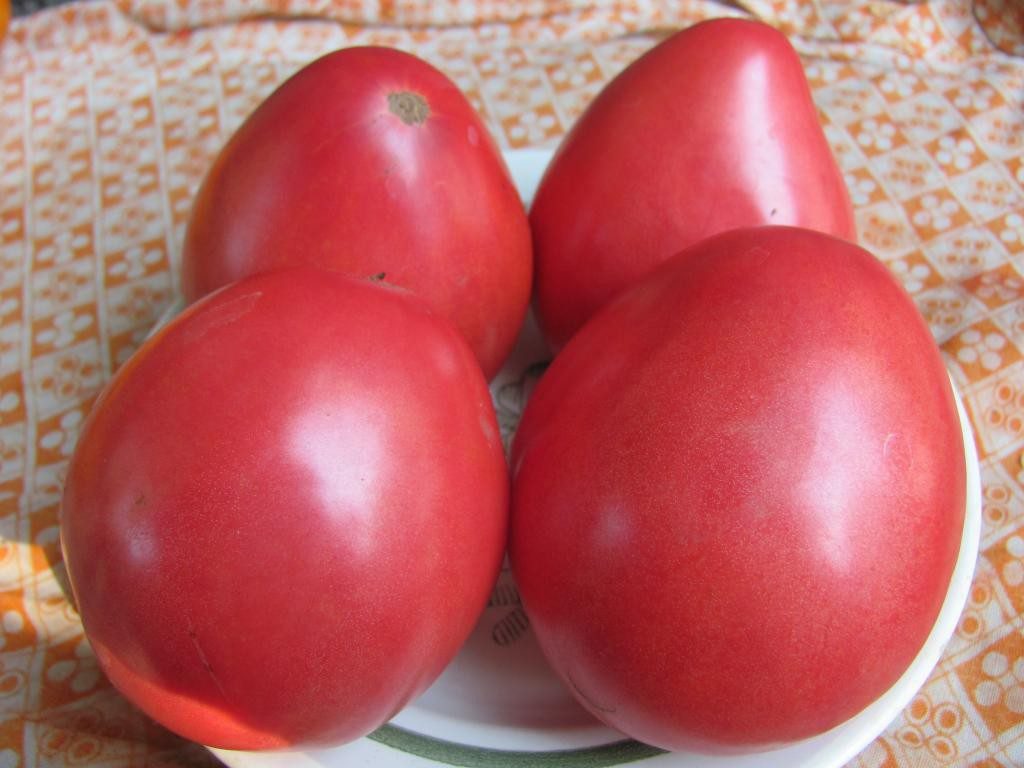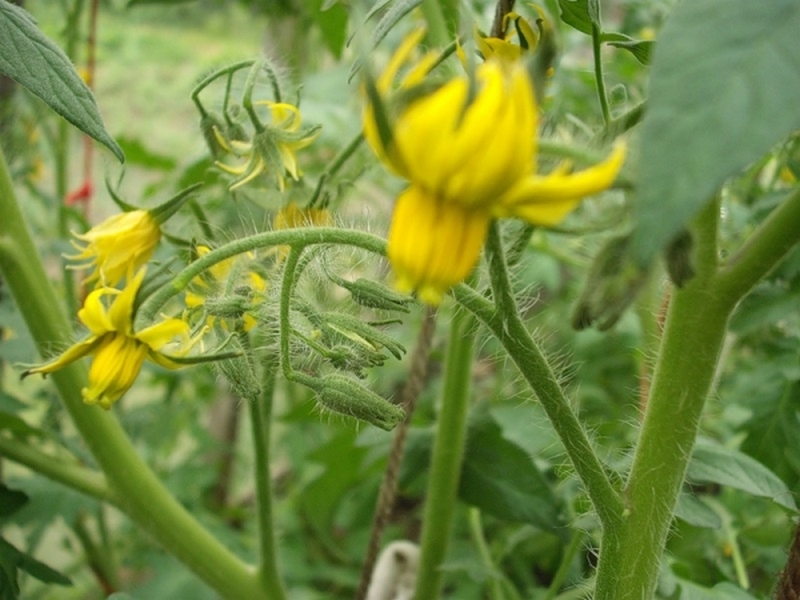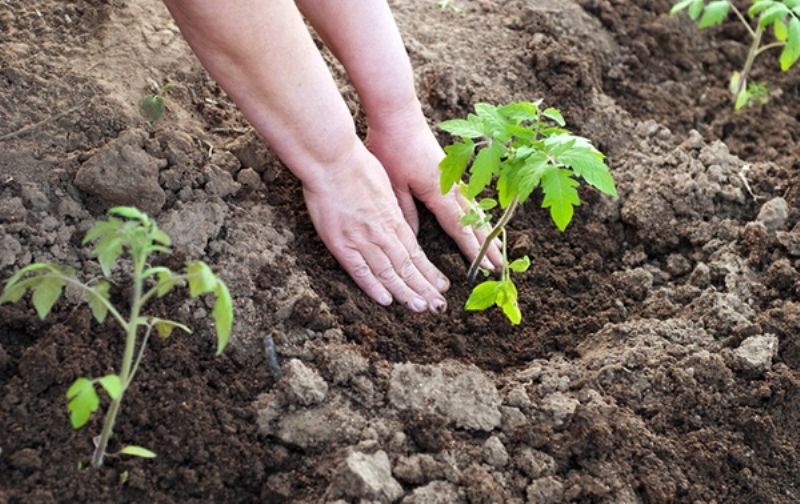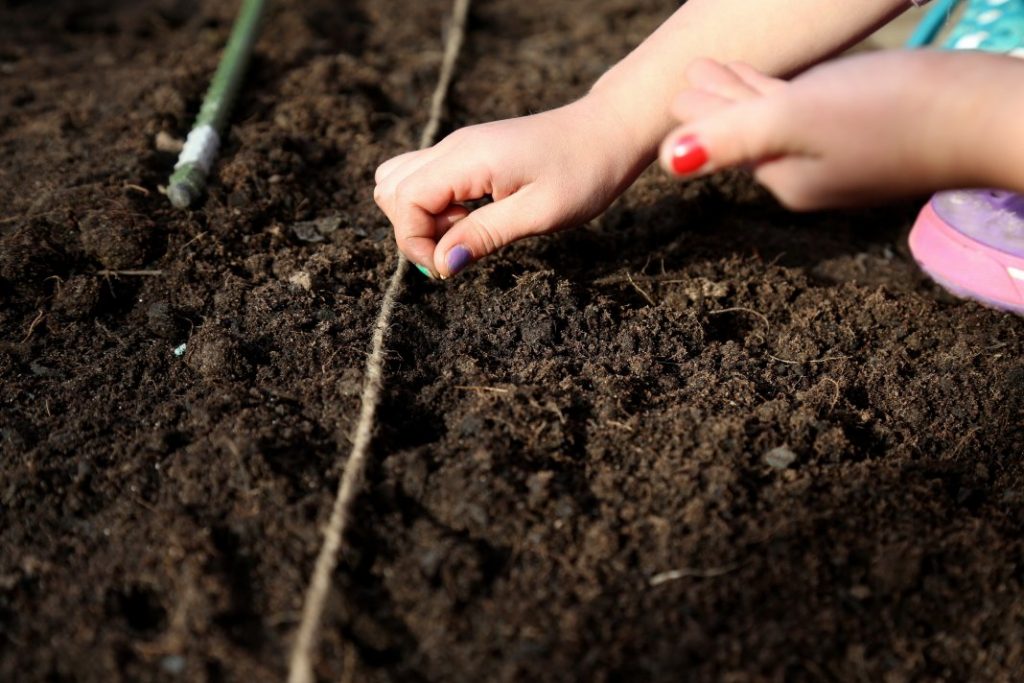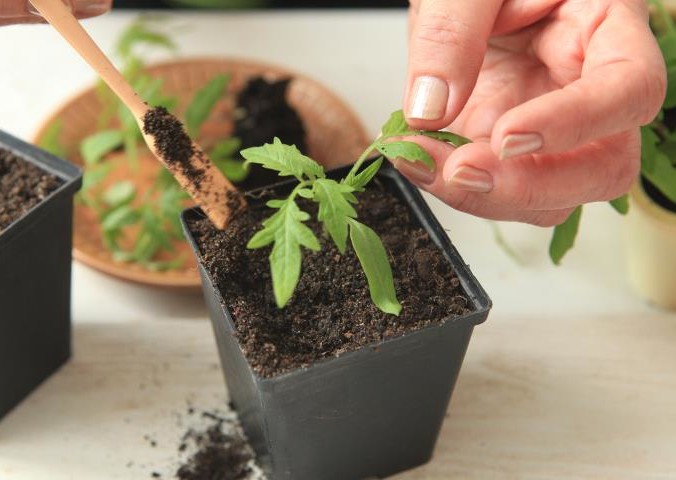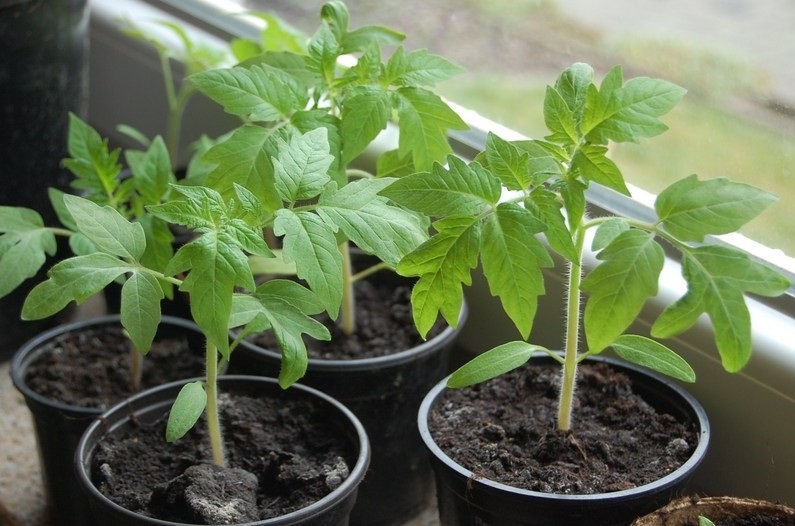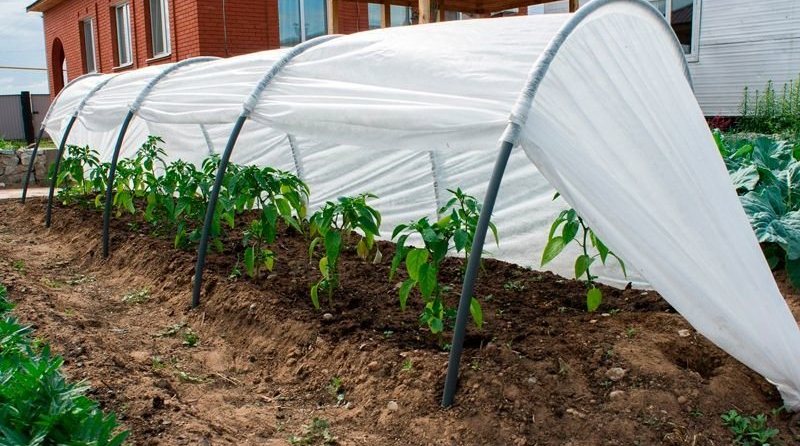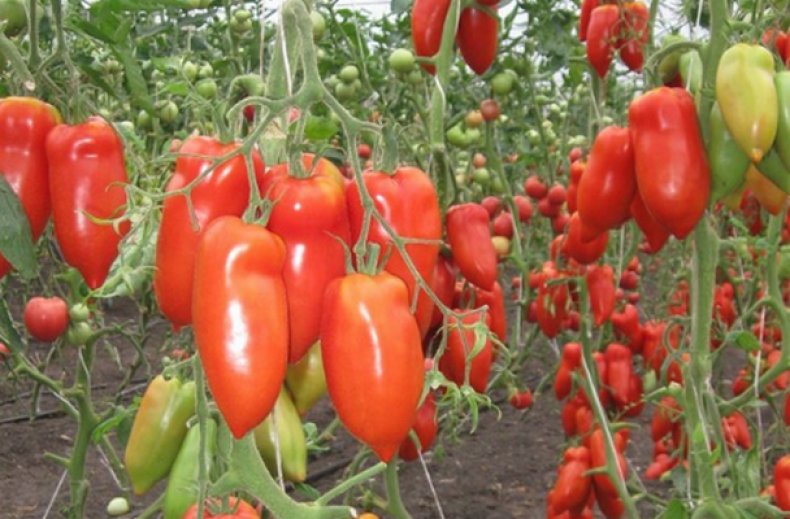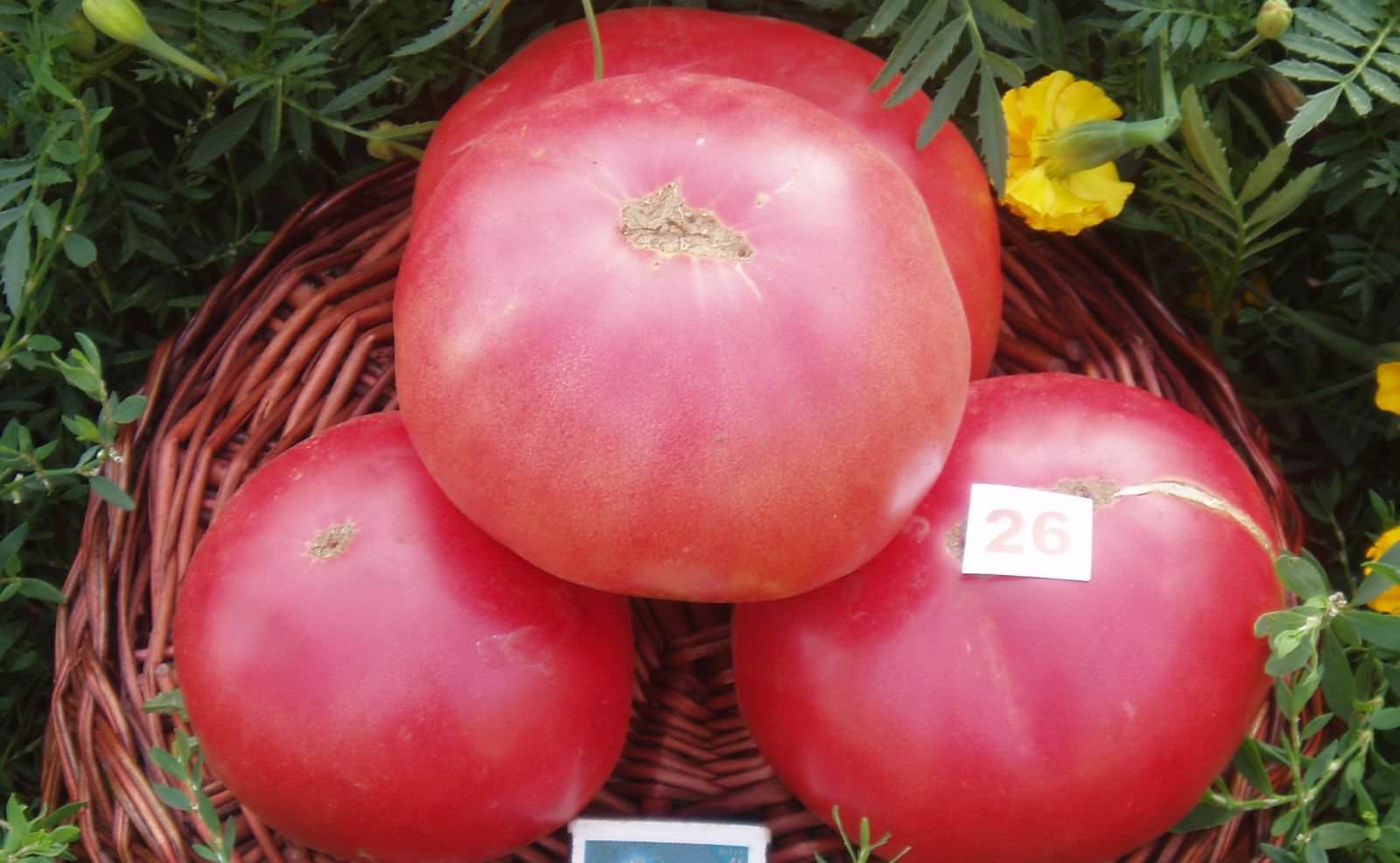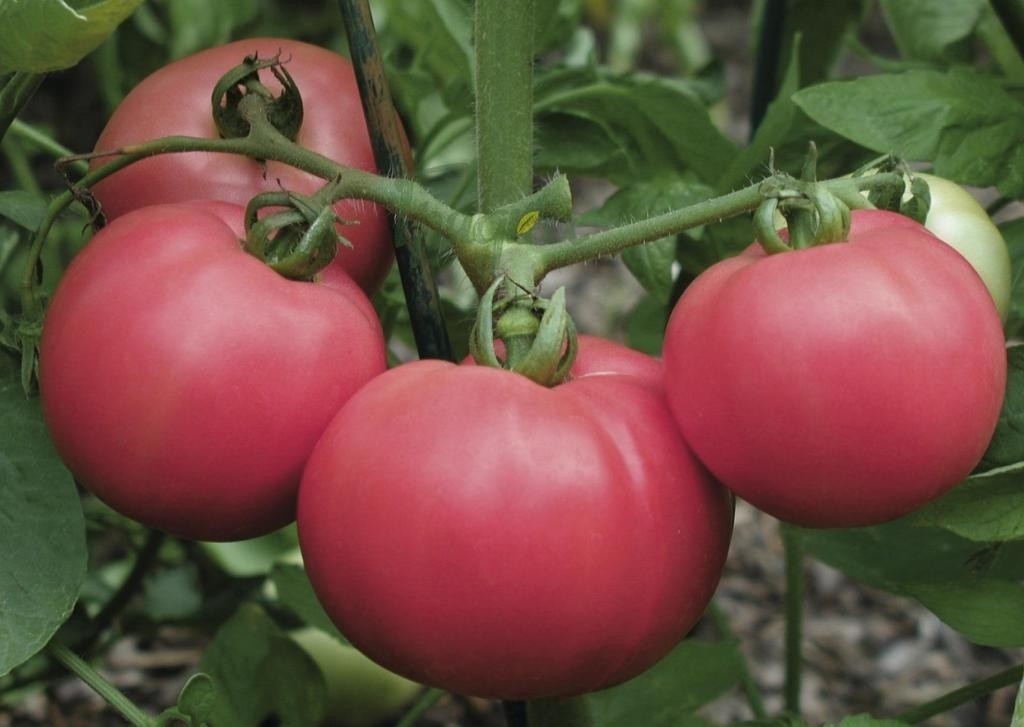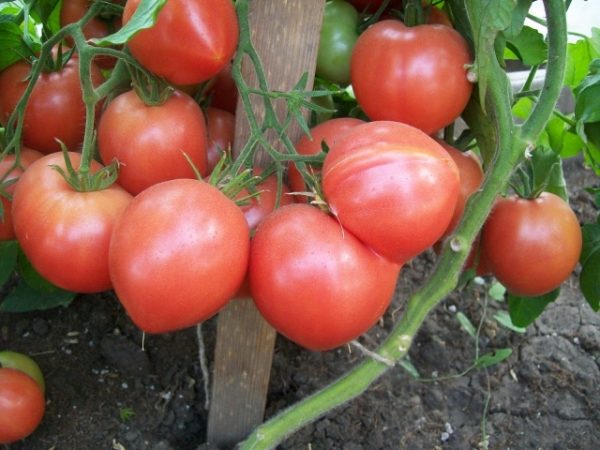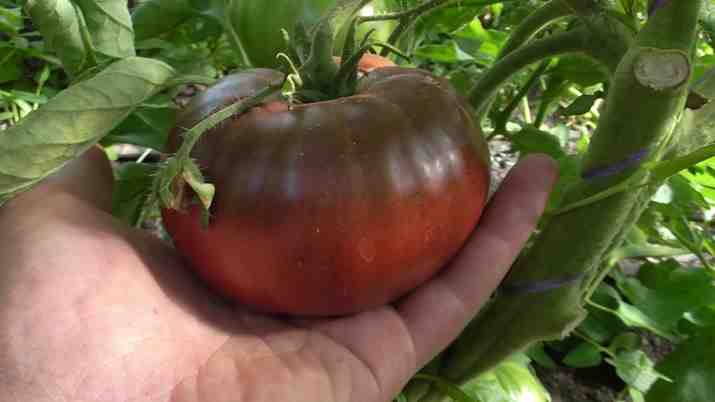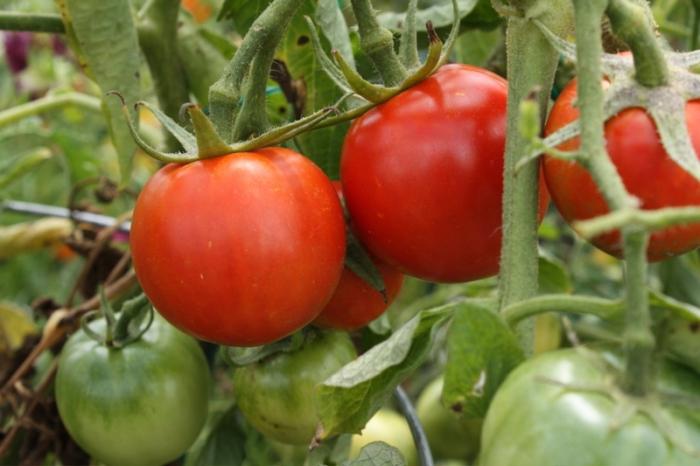Content:
The Sevruga tomato is well known among amateur gardeners. It is not difficult to grow it if you adhere to the basic rules of care. The tomato grows well in the greenhouse and outdoors. Sevruga tomato fruits are juicy, tasty and have almost no seeds.
This variety belongs to the mid-season. From the moment of planting to harvest, no more than four months pass.
The tomato variety was developed in Novosibirsk. Initially, it grew in the harsh climatic conditions of Siberia, then it was adapted for cultivation in any region of Russia. Sevruga tomatoes in the context are somewhat similar to the flesh of the fish of the same name.
Tomato Pudovik Sevryuga characteristics and description of the variety
The Sevruga tomato bears some similarities to Pudovik, and many gardeners take the same approach to growing them. However, Pudovik was withdrawn earlier and entered into the register of the Russian Federation in 2007, unlike Sevryuga. The main difference between Pudovik and Sevruga is its weak frost resistance, so it grows only in the middle lane.
Tomato Sevruga characteristics and description of the variety
Sevruga tomato belongs to the indeterminate variety. It is characterized by unlimited growth of the main shoot, as well as the formation of lateral, new inflorescences and stepchildren during the entire growing period, right up to the autumn cold. In heated greenhouses and in warm regions, the plant can grow for more than a year, while constantly bearing fruit.
An adult plant has a bush height of 1.2 to 2.5 m. The leaves of a tomato are green and large. The bush itself is branchy, and the stem is rather fragile and sags under its own weight, so a support is imperative. The inflorescence is a simple brush, the stalk has articulations.
Sevruga tomatoes - fruit description:
- The tomato itself is quite large, weighing up to 300 grams or more, in the shape of a heart;
- Medium density, juicy and fleshy pulp;
- The surface of the tomato is smooth, sometimes slightly ribbed, in the form of small dents;
- Ripe Sevruga tomatoes, raspberry or with a shade of red;
- It is characterized by a small number of seeds and has four seed chambers;
- The nest has at least four seeds;
- The ripe fruit has a rich and aromatic taste.
Frost resistance
In the southern regions of the country, seeds are sown directly into the ground in early spring, and harvested in September. For regions in the middle lane, greenhouses are used for germinating seeds, and they are transplanted into open ground in June, the harvest is harvested closer to August.
Pollination
All tomato varieties are self-pollinated. They have enough pollen for pollination to take place with the wind or with the help of bees.
For extra help, you can shake the plant every few days or plant decorative honey flowers between tomato bushes to attract bees.
Agrotechnics
Priming
In order for the seedlings to be of high quality, it is important to prepare the soil. You can buy it in the store - there is a special soil for tomatoes, or you can make it yourself. To do this, you need to take equal parts of humus soil and ordinary land from the garden and mix them. If desired, you can add peat and sawdust to create a more nutrient medium in the soil. To disinfect the prepared soil, calcination in an oven is used, and then it is placed in a humid room for a week to create a useful microflora.
If the soil is purchased in a store, then it should not be allowed to contain fresh organic matter in it, which can lead to the death of seeds due to the decomposition of organic matter in the soil itself, as well as the content of sand and clay, which contribute to its compaction.
To grow a tomato of the Sevruga variety, the following sequence is used:
- planting seeds in the ground;
- picking;
- planting sprouts in the soil.
Basically, the tomato ripens in August three to four months from the start of seed germination.
Planting seeds
They begin to sow tomato seeds in early spring, throughout the month of March. It takes two and a half months from the moment of sowing the seeds, the subsequent stage of picking to planting in a permanent place of growth.
To create seedlings, soil and boxes prepared in advance with a special composition are used, designed for germinating seeds.
As a rule, seed germination occurs unevenly in time, in order to improve their germination, it is worth soaking them in advance for a day in a special growth stimulator that is sold in the store. For disinfection, they can be placed in a 1% manganese solution for half an hour.
For sowing seeds, as a rule, a box with a shallow bottom is used. 5 cm soil is poured into it and moistened. Then you need to make furrows, one centimeter deep, at a distance of four centimeters from each other. The seeds are planted three centimeters deep and covered with earth.
The temperature should be from +23 to +25 degrees. To maintain it, use a film that covers the box. It is better to place it near the battery.
Seedlings should appear in a week, if the temperature and humidity have not been disturbed.
Picking
The next important step is picking. It is necessary for the development of strong roots, normal plant growth and to ensure good yields.
After emergence, the ambient temperature should be lowered to +16 degrees at night and to + 22 degrees during the day, now the plants need light. If these rules are observed, the sprouts will not stretch, since the Sevruga variety is characterized by the thinness of the plant trunks.
To do this, periodically remove the film from the box and wipe the condensate so that the soil is not waterlogged and mold does not start in it.
When the sprouts acquire leaves, this should happen within a week, it is worth starting directly with the pick.
You need to plant in peat cups no more than 0.5 liters in volume. After transplanting, young plants need to be fertilized.
Seedling
Two months after the germination of the shoots, they are transplanted into the soil in the holes. You need to fill the plant with a pre-prepared mixture of humus, peat and compost, which are taken in equal parts. Superphosphate is added to this mixture at the rate of one tablespoon per 10 liters of the mixture. She is fertilized with plants once every two weeks.
Young seedlings, as needed, should be watered with warm water, preferably settled. After watering, be sure to loosen the ground.
As a rule, planting of seedlings in the ground occurs in the month of June, when there will definitely be no frost. Some gardeners pre-harden the plants if cold nights are likely.
Landing features:
- There should not be more than three tomato bushes on one square meter, as the plant grows over time;
- If the seedlings are stretched out, then you need to carefully cut off the leaves and leave only the top. Then plant the plant in a hole, which is dug along, leaving only the top on the surface. This method serves to strengthen the roots due to the appearance of new ones on the stem;
- It is worthwhile to pre-install the pegs for the garter of the plant as it grows.
Care
Caring for a tomato consists in periodic watering at least once a week, and you should also remember to pinch it as excess shoots grow.The fruits are set at a temperature of about + 22 degrees, therefore, if the plant is in a greenhouse, then it is worthwhile to periodically ventilate it and monitor the humidity, from an excess of which diseases can arise.
Water it abundantly, but not with cold water. It is advisable to settle the water during the day. It is necessary to pour water directly under the root and make sure that the soil around does not erode. The best time is in the morning or after sunset.
Pros and cons of the variety
Advantages
The Sevryuga tomato variety has several undeniable advantages:
- The plant brings a good harvest - up to 15 kg can be harvested from one square meter;
- The fruits are delicious and juicy. They are stored for a long time;
- This variety is resistant to changes in weather conditions, tolerates moisture or drought well and is frost-resistant;
- Fruits are always set well, it does not depend on the environment;
- They have good disease resistance;
- Juicy fruits can be eaten both freshly picked, and added to recipes, to prepare excellent tomato juice;
- The Sevruga tomato bears fruit in cycles that constantly replace each other, so you can constantly harvest from the bush.
disadvantages
The Sevruga tomato has no significant disadvantages. The disadvantages include:
- The inability to use the whole fruit in canning. If it is the goal, then it is worth picking up a different variety of tomato;
- Weak leg. An adult bush must be tied up so that the plant does not break under the weight of the fruit.
More and more amateur gardeners prefer the Sevruga variety for the ability to grow in open garden plots and greenhouses. Subject to the simple rules for caring for the plant, large and juicy fruits can be harvested throughout the entire fruiting period. The geography of growth throughout Russia and resistance to cold and temperature extremes make the Sevruga tomato a favorite among other varieties of tomatoes.
